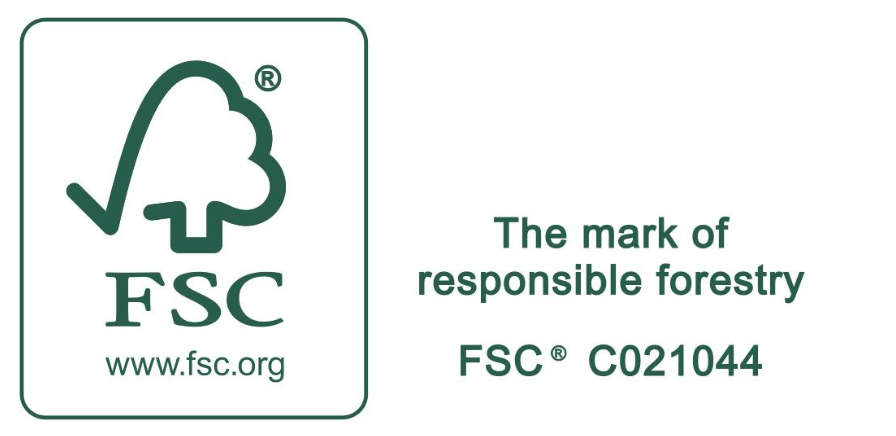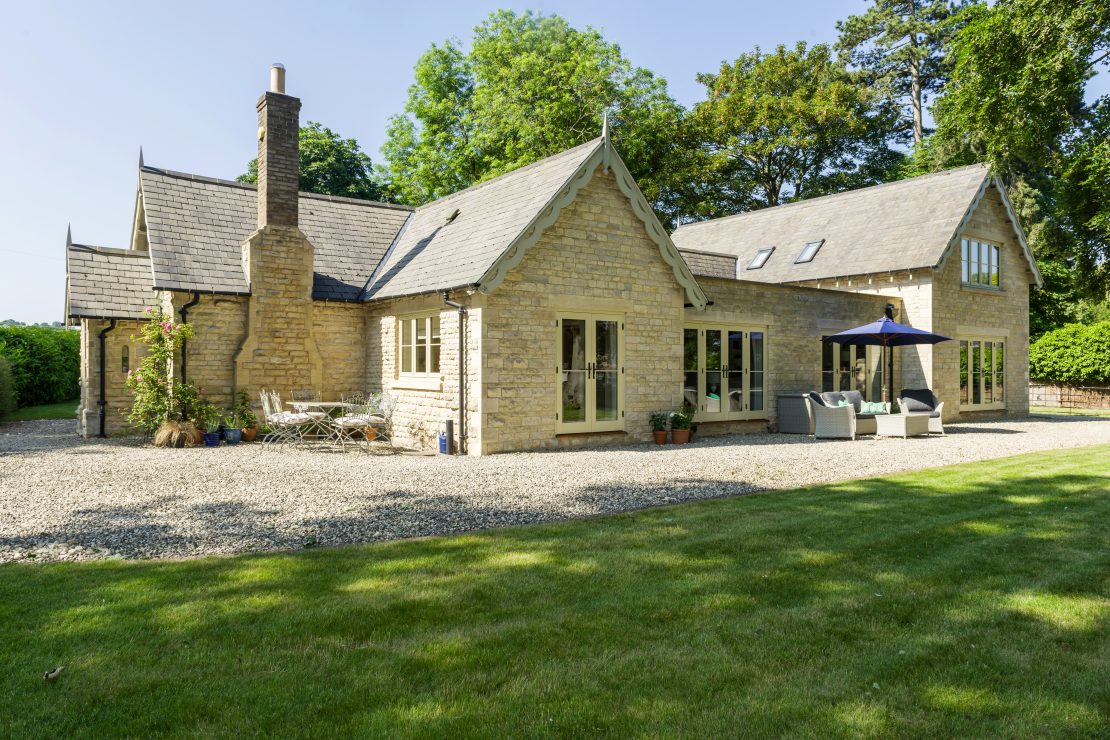June 27, 2019
In conversation with Tom Wright on the importance of research and development to George Barnsdale (first published in Windows Active magazine, June 2019)
Our approach to manufacturing timber windows and doors has always been underpinned by research and development simply because we want to understand every aspect of our product. The timber windows industry has struggled in the past with performance and longevity and I believe we all have a duty to overcome this by producing the best quality products we can. If they are manufactured properly research shows that timber windows can last twice as long as upvc and are certainly more sustainable.
Reinvesting a good proportion of our profits back into the business, we are one of the only timber window companies in the whole of Europe that is involved in research and development. Our dedicated onsite R&D centre is equipped with a range of equipment including a test rig, salt spray tester and IGU monitoring.
Shaping the industry
Ever since my great grandfather Fred Barnsdale worked on setting up the British Standard for timber windows (BS644) in the 1920s, we have been involved in numerous British and pan-European research projects. We developed the first “A” rated timber window and I am a BFRC approved calculator. As a result of this, we have developed a system for automatically calculating U values and energy ratings. We’ve worked closely with the BRE for decades on projects like the Government funded “SMART” research project to create a novel joint design to examine various systems, adhesives and end grain sealers.
Our windows have been installed at the BRE research centre since 2000 and continue to perform exceptionally well. Further BRE collaboration has looked at optimising factory conditions for applying coatings. As a result, we have made changes to our paint line which now has three different environmental conditions (temperature and humidity). We were also the first UK manufacturer to develop internal beading to improve performance, security and weathering.
One of the areas that was proving to be a problem was the failure of the insulation glazing unit. As part of our research with the BRE, we developed a drained and ventilated system which reduces moisture in the cavity and greatly enhances the life of the IGU.
Security
Our ongoing commitment to security includes our latest project to find a solution to the age old sash window security issue. In order to deliver maximum security whilst maintaining the traditional look, we have designed an innovative solution that has gained PAS 24 and is Part Q building regulations compliant.
Our concealed trickle vents are a further example of how we ensure our products can adhere to building regulations whilst retaining their aesthetics. Our continued research in this area actually highlights that trickle vents are not the best method of controlling fresh air into a building and the new systems with heat recovery are far better.
Acoustics
We have worked on numerous acoustic tests and have a sizeable catalogue of data that we can draw on to advise our clients and we are becoming a go-to advisor for acoustics on many commercial projects.
Furniture
Being able to undertake our own research is a useful way for us to validate the claims made by our suppliers, for example, we test all new hardware in our salt spray machine.
Why do we bother?
For our customers and the reputation of the industry as a whole!
We are able to provide the best products available and to provide the best solution for our customers. Our technical knowledge means we are very good at value engineering specifications by reducing over-engineering and unnecessary cost without compromising on quality so customers still get a premium product but at a better price.
What next?
We will continue to invest in ways to discretely incorporate great performance into traditional products. We’re about to do a security test on our putty system and astragal bars on our historic range.
We also want to research the ways people install our windows are installed because We can make our products the absolute best on the market, but we can’t always control the way they are installed. On our large commercial projects, we do the installations ourselves, but we are also running an ongoing training programme for our approved partners.
We also work with our supplier base to refine their products, for example, we might take a locking system and test it to develop our own version that is more aesthetically pleasing.
Our continuous improvement programme means we take feedback from our customers and incorporate it into our development cycle.
The difference between George Barnsdale and most other timber window companies is that we question and test things for ourselves as well as using industry test data. We don’t just use a type of glass because we are told it’s the best for a particular job, we want to understand how it performs in different situations and assess whether that is right for any given project type. I guess R&D is a symptom of the way we are as much as what comes out of it – it’s in our DNA!























